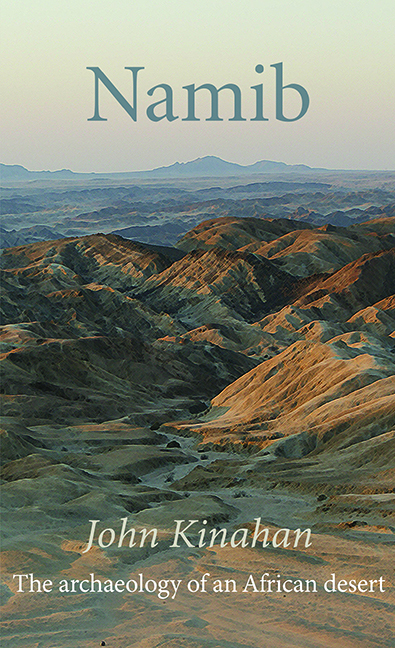Book contents
- Frontmatter
- Contents
- Miscellaneous Frontmatter
- Map
- Dedication
- Preface
- Acknowledgements
- Notes to the Reader
- List of Abbreviations
- List of Figures and Tables
- 1 Introduction
- 2 First Footsteps
- 3 Time’s Arrow
- 4 Mountain Refuge
- 5 Elephants and Rain
- 6 Desert Garden
- 7 The Family Herd
- 8 The Black Swan
- 9 Men in Hats
- 10 The Death of Memory
- Epilogue
- Glossary
- Bibliography
- Index
10 - The Death of Memory
Published online by Cambridge University Press: 07 October 2022
- Frontmatter
- Contents
- Miscellaneous Frontmatter
- Map
- Dedication
- Preface
- Acknowledgements
- Notes to the Reader
- List of Abbreviations
- List of Figures and Tables
- 1 Introduction
- 2 First Footsteps
- 3 Time’s Arrow
- 4 Mountain Refuge
- 5 Elephants and Rain
- 6 Desert Garden
- 7 The Family Herd
- 8 The Black Swan
- 9 Men in Hats
- 10 The Death of Memory
- Epilogue
- Glossary
- Bibliography
- Index
Summary
In the late 19th century, little of Africa was left unclaimed by the expansionist powers of Europe, but for the arid and politically unstable region between the British administered Cape Colony, south of the Orange River, and Portuguese Angola, north of the Kunene River (see map on page vii). The trader Adolph Lüderitz and his agent Heinrich Vogelsang acquired the whole extent of the Namib Desert coast and its immediate hinterland in a series of deliberately fraudulent transactions. Lacking the capital to develop the land, the traders sold it off in 1885 to the newly formed Deutsche Kolonialgesellschaft für Südwestafrika, which proceeded to acquire yet further extensive tracts of land. Indigenous leaders were generally contemptuous of German authority, even when Hauptmann Curt von François – introduced in the previous chapter – was dispatched to the new colony in 1889.
A statue of von François still stands near the centre of the modern capital, Windhoek, marking what was claimed to be the end of his arduous compass march into the interior to establish the centre of European settlement. As we have seen in the previous chapter, however, there was a well constructed and busy wagon road over the entire route from the coast, and the settlement which was to become the colonial seat of government had already been in existence for half a century, established by the Orlam warlords who occupied the central highlands of the territory. Von François’ journey of exploration was but one among many strange conceits which characterized the thirty years of German rule. Some were comical, such as urban buildings mimicking the half-timbered Bavarian style, with roofs pitched to shed snow which never fell on the African colony. But the grand design, to establish a Germanic agrarian idyll based on the ideology of settler lebensraum, was decidedly less benign. For this to be achieved, the indigenous peoples of Namibia were to surrender all rights to the land and live under the near-feudal authority of colonial rule.
In terms of the adaptive cycle, Ovaherero and Orlam occupation of the prime grazing lands in the central parts of Namibia in the early nineteenth century represented an unstable equilibrium K phase. This eventually collapsed under the influence of European traders who at first favoured the Ovaherero as economic and political allies.
- Type
- Chapter
- Information
- NamibThe Archaeology of an African Desert, pp. 385 - 428Publisher: Boydell & BrewerPrint publication year: 2022



